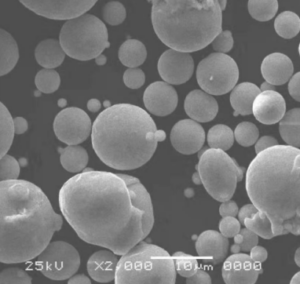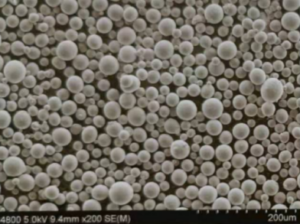O aço inoxidável duplex 2507 pode ser trabalhado a quente entre 1875°F e 2250°F (aproximadamente 1024°C a 1232°C).
Depois de trabalho a quenteO recozimento em solução deve ser realizado a 1925°F (cerca de 1052°C), seguido de resfriamento rápido com ar ou água.
Trabalho a frio do aço inoxidável duplex 2507 pode ser feito usando os métodos de conformação mais comuns para a maioria dos aços inoxidáveis. Devido à maior resistência ao escoamento da liga e à menor ductilidade do que os aços austeníticos, podem ser necessárias forças de conformação mais altas e raios de curvatura maiores para a conformação a frio.
Processos como estampagem profunda e conformação por estampagem são mais difíceis de executar no 2507 do que nos aços inoxidáveis austeníticos. Quando for necessária uma deformação a frio superior a 10%, recomenda-se o recozimento e a têmpera em solução.
Tratamento térmico
Depois de ambos os processos, quente e cformação antiga, 2507 deve ser solução recozida e temperada. O recozimento em solução deve ser realizado a pelo menos 1925°F (cerca de 1052°C).
Resfriamento rápido a ar ou água extinção deve ser realizado imediatamente após o recozimento. Para obter a máxima resistência à corrosão, os produtos tratados termicamente devem ser decapados e enxaguados.
Soldabilidade
O 2507 tem boa soldabilidade e pode ser conectado a si mesmo ou a outros materiais por meio de soldagem a arco de metal blindado (SMAW), soldagem a arco de tungstênio-argônio (GTAW), soldagem a arco de plasma (PAW), arame tubular (FCW) ou soldagem a arco submerso (SAW).
Recomenda-se usar o metal de adição 2507/P100 para a soldagem, pois ele produzirá uma estrutura de costura de solda duplex adequada.
Ao soldar, não é necessário pré-aquecer o 2507, a menos que seja necessário para evitar a condensação no metal frio. A temperatura do espaço de solda não deve exceder 300°F (aproximadamente 149°C), pois isso pode afetar negativamente a integridade da solda.
Ao soldar, ele deve ser protegido com argônio ou gás de purga 90% N2/10% H2 para obter a máxima resistência à corrosão.
Campos de aplicação
O aço inoxidável duplex 2507 é amplamente utilizado em setores como o químico, marítimo, de papel, energia e construção, devido à sua excelente resistência à corrosão e alta resistência.
Composição química
A composição química do aço inoxidável duplex 2507 é caracterizada por uma alta proporção de cromo, níquel, molibdênio e nitrogênio, que juntos proporcionam excelente resistência à corrosão e força.
Propriedades físicas
O material tem maior resistência ao escoamento e à tração do que os aços inoxidáveis austeníticos tradicionais, ao mesmo tempo em que mantém boa ductilidade e resistência.
Resistência à corrosão
Devido à sua microestrutura duplex, o aço inoxidável duplex 2507 pode ser usado em uma variedade de ambientes corrosivos, incluindo ambientes ácidos, alcalinos e de cloreto neutro.

